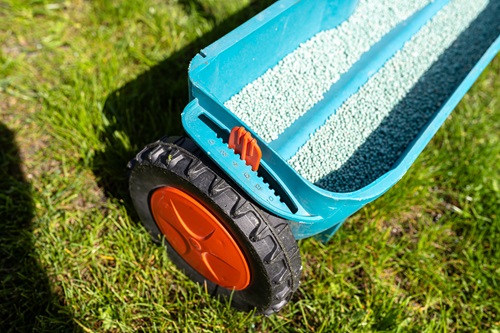
Keeping your lawn healthy and lush needs attention all throughout the year. Knowing what you can do and when you should do it is an important part of lawn care.
Bahiagrass, Zoysia grass, Bermudagrass as well as other warm-season grasses thrive well in the southern regions. During winter, they become dormant and then in spring, they start to become active again. Meanwhile, they peak during the dry and hot summer season.
With this monthly guide, you could keep your warm-season lawn grasses in good condition. Always remember that seasonal changes within a region can happen over several weeks and the trend in weather conditions always changes. So, refer to your local conditions and your landscaping for the last word but use this guide as your starting point.
Monthly Guide For Your Lawn Care
January
Keep the blades of the mower sharp and make sure that your lawn tools are always ready. You should also take note that spring arrives early in the south. You should clean far south and dormant lawns with midwinter edging and give them a good trim. Take yearly soil samples in any problematic areas. Soil should be thawed and dried. Test other areas of the lawn every three to four years.
February
You should battle winter weeds using post-emergent herbicides as well as spot treatments. An expert in lawn care in Myrtle Beach will tell you to inspect your lawns for twigs, debris, and stones before spring comes. You should also treat established lawns using preemergent herbicides before crabgrass and summer weeds germinate.
March
Mow the lawns when the grass begins to grow. Cut it slightly lower than the regular mowing guidelines a few times. Be sure to gather the clippings when you suspect disease. Treat any unwanted moss, which is at risk during peak lawn growth during cool damp months.
April
You should plant brand new lawns and then overseed thin warm-season lawns with the premium grass seed. Mow the lawn at normal heights and then leave the clippings so that they could decompose.
May
Dethatch and aerate your lawn during active spring and during early summer growth. This will reduce compaction, improve drainage, and reduce the risks of lawn disease.
June
Feed the grasses every four to eight weeks during the period of active summer growth.
July
You should mow the height to about one inch above the normally recommended heights. Taller blades will shade the soil, decrease water evaporation, and then fight off competing weeds.
August
You should mow the lawn only when required to keep the taller seasonal heights. Fertilize the lawn to boost energy stores for the winter season. You should plan the last feeding six to eight weeks before the first expected frost in your area.
September
Decrease the water of warm-season grasses. Do this once rainfall increases. However, don’t let turfgrass be stressed due to lack of water or it would affect the spring green-up. You should treat good lawns with preemergent herbicides before the germination of the winter weeds.
October
Test the soil and make corrections before the winter season. Mow the warm season grasses until they cease growing. Make the last cuts a bit lower than normal.
November
Fertilize and maintain cool-season grasses in overseeded lawns. Don’t forget to spot treat current weeds with post emergent, target herbicides. Get rid of mulch leaves that have fallen to enhance airflow and decrease disease risks.
December
At the end of the year, there are some lawn care Myrtle Beach tips you need to know. Water the lawn regularly especially for overseeded lawns. You should water as required to supplement rainfall.
Call Conner’s Lawn Care Service if you need expert help in maintaining your lawn.
Conner’s Lawn Care Service
Myrtle Beach, SC
843-504-4901
http://connerslawncare.com/

